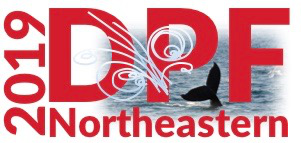Speaker
Description
Milky Way dwarf spheroidal galaxies (dSphs) provide well-known challenges to the standard cold and collisionless dark matter (CDM) paradigm in relation to well-known puzzles as the too-big-to-fail problem. At the same time, the self-interacting dark matter (SIDM) scenario offers a promising solution to the putative small-scale crisis, while inheriting all the successes of CDM at large scales. In this talk we briefly review the virtues of the SIDM scenario and then focus on its predictions for the specific case of Milky Way dSphs. Most importantly, we point out the existence of an anti-correlation between the central halo density of these galaxies and their orbital pericenter distance from the Milky Way, inferred from the second data release of the Gaia survey. We highlight the importance of the anti-correlation found for Milky Way dSphs as an informative probe of the nature of dark matter and, in particular, we discuss its relevance in the context of the SIDM model.




